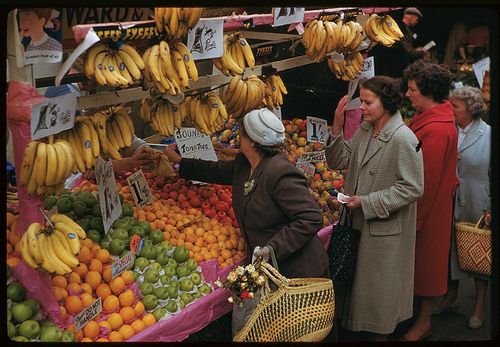The Medievel shopping experience

On a busy street, there’s a stand full of fresh vegetables. Bok Choy, eggplants and various green stuff that I don’t recognize. I spot a quarter of pumkin, priced at $2. It turns out I have some loose change in my pocket, including a 2 dollar coin. I grab the pumkin, step off the street and into the store. I look around for the most ‘shopkeeper’ looking person, get it wrong, and gesture at the other guy, who after quickly looking at the price tag, holds out his palm. I think he already knows how much every single item in the store costs, but it’s probably more of a reflex. I drop the coin in his hand, and turn out of the store. That’s it. That’s how we payed for stuff in Medieval London (I think), and that’s how it works best (for me) today. I hate to use the term ‘frictionless’ because it comes from the same vocabulary as ‘gamify’ or ‘virality’, but it seems to work quite well in this context. Soon, we’ll be able to pick up a mango and pay for it through our phones as we’re walking towards the exit, but until then, the street vendor seems to have this on lock.